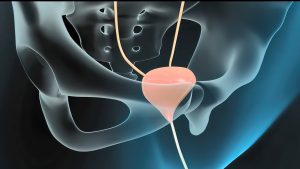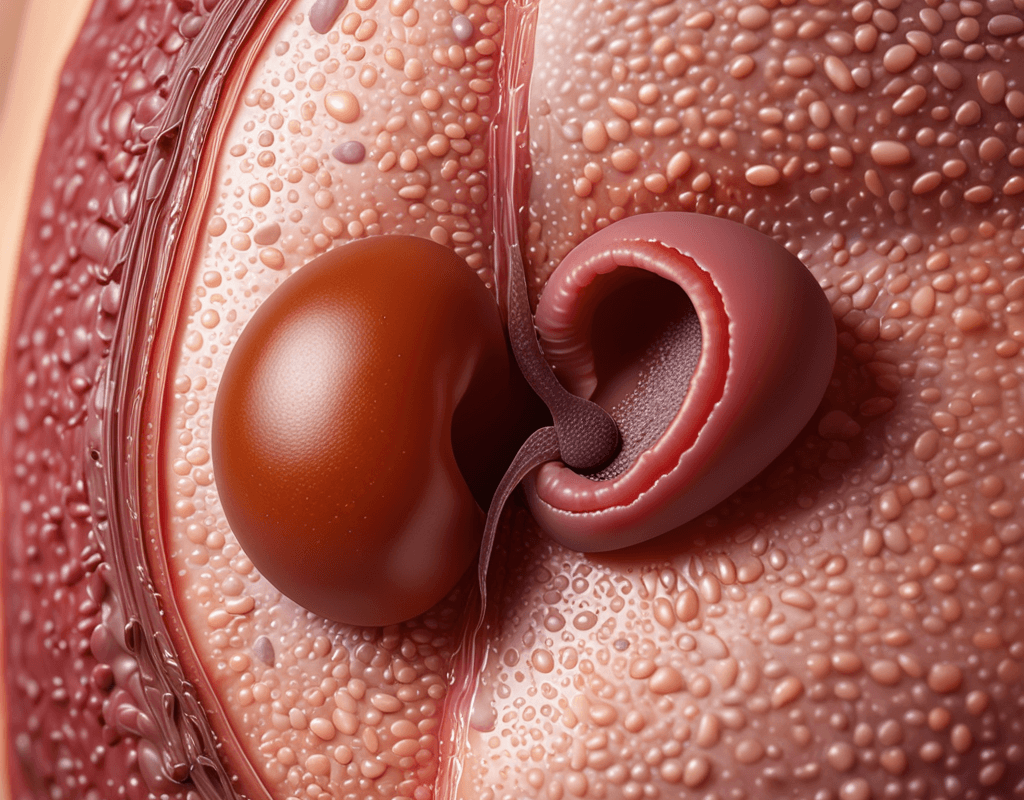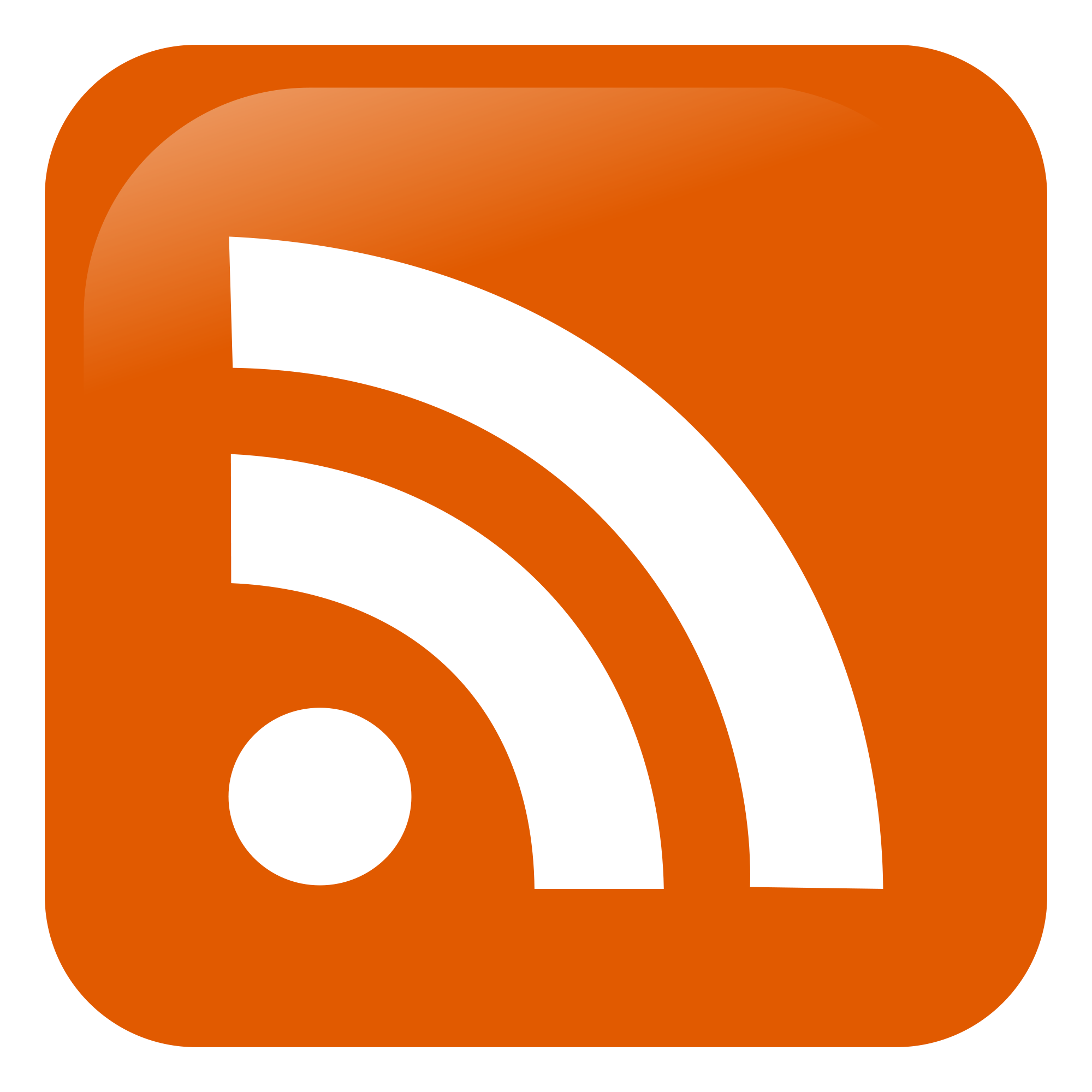Gallbladder disease and gastroesophageal reflux disease (GERD) are two common digestive disorders that affect millions of people worldwide. Although they have distinct causes and symptoms, research indicates a potential connection between the two. Understanding the relationship between gallbladder disease and GERD is crucial for accurate diagnosis and effective treatment. In this article, we’ll delve into the link between these conditions, explore their shared symptoms, and discuss strategies for managing them concurrently.
Understanding Gallbladder Disease

The gallbladder is a small organ located beneath the liver, responsible for storing and releasing bile, a digestive fluid that helps break down fats in the small intestine. Gallbladder disease refers to a range of conditions that affect the gallbladder, most commonly gallstones (cholelithiasis) and inflammation (cholecystitis).
Common Causes of Gallbladder Disease
- Gallstones: These hardened deposits of bile can obstruct the flow of bile from the gallbladder, leading to inflammation, infection, and other complications.
- Cholecystitis: This condition occurs when the gallbladder becomes inflamed, often due to gallstones or infection.
- Biliary Dyskinesia: This refers to a condition where the gallbladder does not empty properly, causing pain and discomfort.
- Gallbladder Cancer: Although less common, cancer can develop in the gallbladder, often associated with other underlying factors like gallstones.
Symptoms of Gallbladder Disease
- Abdominal pain: Particularly in the upper right quadrant or middle of the abdomen, often triggered by fatty foods.
- Nausea and vomiting: Commonly accompanying abdominal pain, especially after meals.
- Bloating: Feeling full or gassy after eating.
- Fever: This is a sign of infection, especially in cases of acute cholecystitis.
- Jaundice: Yellowing of the skin or eyes, indicating a blockage in the bile duct.
- Understanding GERD (Gastroesophageal Reflux Disease)
GERD, or gastroesophageal reflux disease, occurs when stomach acid frequently flows back up into the esophagus, causing irritation. This happens because the lower esophageal sphincter (LES), the muscle that usually prevents acid from escaping the stomach, becomes weakened.
Common Causes of GERD

Hiatal Hernia: When the upper part of the stomach moves above the diaphragm, it can weaken the LES and lead to acid reflux.
Obesity: Excess weight increases pressure on the abdomen, contributing to reflux.
Pregnancy: Hormonal changes and increased abdominal pressure can lead to GERD symptoms.
Diet: Spicy, fatty, and acidic foods, as well as alcohol and caffeine, can trigger acid reflux.
Smoking: Smoking weakens the LES and increases acid production in the stomach.
Symptoms of GERD
- Heartburn: A burning sensation in the chest, often worse after eating or lying down.
- Regurgitation: Acidic or bitter-tasting liquid backing up into the throat or mouth.
- Difficulty swallowing: A sensation of food being stuck in the esophagus.
- Chronic cough: Persistent coughing, especially at night, can be a sign of GERD-related lung irritation.
Hoarseness or sore throat: Acid reflux can irritate the throat, causing these symptoms.
How Gallbladder Disease and GERD Are Connected
While gallbladder disease and GERD are distinct conditions, they share some commonalities and can often overlap in terms of symptoms and their effects on digestion. Understanding the connection between the two is key to managing both conditions effectively.
Shared Symptoms Between Gallbladder Disease and GERD
Many of the symptoms of gallbladder disease and GERD can be similar, making it difficult to distinguish between the two conditions without proper medical evaluation. Some shared symptoms include:
- Upper abdominal pain: Both gallbladder disease and GERD can cause pain in the upper abdomen, particularly after eating.
- Nausea and vomiting: These are common in both conditions, particularly when eating fatty or spicy foods.
- Bloating and gas: Digestive discomfort is a hallmark of both gallbladder issues and acid reflux.
Impact of Gallbladder Dysfunction on GERD
When the gallbladder isn’t functioning properly, it can affect the digestion of fats, which can exacerbate GERD symptoms. Without the proper release of bile, fats remain undigested in the stomach for longer periods, increasing the likelihood of acid reflux. In addition, gallbladder disease can cause pressure changes in the abdomen, which can worsen GERD by pushing stomach acid back into the esophagus.
Post-Gallbladder Removal (Cholecystectomy) and GERD
For individuals who have had their gallbladder removed (cholecystectomy), there may be a higher risk of developing GERD. After gallbladder removal, bile continuously flows into the small intestine rather than being released in response to eating. This constant bile flow can lead to bile reflux, a condition similar to acid reflux, where bile instead of stomach acid irritates the esophagus. Bile reflux can cause heartburn and other GERD-like symptoms, making it difficult to differentiate between the two conditions.
The Role of Diet in Managing Both Conditions
Diet plays a significant role in both gallbladder disease and GERD. For individuals managing both conditions, it’s important to adopt dietary habits that support digestive health and reduce the risk of triggering symptoms.
Foods to Avoid
- Fatty foods: High-fat meals can worsen both gallbladder disease and GERD by slowing down digestion and increasing the likelihood of acid reflux.
- Spicy foods: Spices like chili peppers can irritate the stomach lining and exacerbate GERD symptoms.
- Acidic foods: Citrus fruits, tomatoes, and vinegar can trigger acid reflux.
- Caffeinated and carbonated drinks: These beverages can weaken the LES and lead to increased acid production.
- Alcohol: Alcohol relaxes the LES, making it easier for acid to escape into the esophagus.
Foods to Include
- High-fiber foods: Vegetables, fruits, and whole grains support digestive health and help prevent gallstones.
- Lean proteins: Chicken, turkey, and fish are lower in fat and easier on the digestive system.
- Non-citrus fruits: Apples, bananas, and melons are less likely to cause reflux.
- Oatmeal and whole grains: These foods are gentle on the stomach and help absorb excess stomach acid.
Managing Gallbladder Disease and GERD Together
For individuals dealing with both gallbladder disease and GERD, a comprehensive management plan that addresses both conditions is crucial. This may involve a combination of dietary changes, lifestyle modifications, and medications.
Medical Treatment Options
Medications for GERD: Proton pump inhibitors (PPIs) and H2 blockers are commonly prescribed to reduce stomach acid and relieve GERD symptoms.
Medications for Gallbladder Disease: If gallstones are present, doctors may recommend medication to dissolve them or, in more severe cases, surgery to remove the gallbladder.
Surgery: In cases where gallbladder disease is severe, cholecystectomy (gallbladder removal) may be necessary. This can alleviate gallbladder symptoms but may require additional management of bile reflux afterward.
Lifestyle Modifications
Eating smaller meals: Large meals can overwhelm the digestive system, leading to both gallbladder pain and acid reflux.
- Avoid lying down after eating: To prevent acid from flowing back into the esophagus, it’s important to stay upright for at least two hours after meals.
- Weight management: Maintaining a healthy weight can reduce abdominal pressure, which can help manage both gallbladder disease and GERD.
- Quit smoking: Smoking weakens the LES and increases the risk of developing GERD.
When to See a Doctor
If you are experiencing persistent symptoms of either gallbladder disease or GERD, it’s important to consult a healthcare professional for an accurate diagnosis and appropriate treatment. Since the symptoms of these conditions can overlap, diagnostic tests such as an ultrasound for gallbladder disease or an endoscopy for GERD may be required to determine the root cause of your digestive issues.
Conclusion
While gallbladder disease and GERD may appear to be distinct conditions, they often intersect, making diagnosis and treatment more complex. Understanding the relationship between these digestive disorders is essential for effective management. By adopting a diet that supports both gallbladder and GERD health, making lifestyle changes, and seeking appropriate medical care, you can take charge of your digestive well-being and enhance your overall quality of life.
Frequently Asked Questions
What causes gallbladder disease?
Gallbladder disease is usually caused by gallstones, which block bile flow, inflammation of the gallbladder (cholecystitis), or poor gallbladder function (biliary dyskinesia). In rare cases, it can also be caused by gallbladder cancer.
What symptoms do gallbladder disease and GERD have in common?
Both conditions can cause upper abdominal pain, nausea, vomiting, and bloating, especially after eating certain foods. This overlap can make it tricky to figure out what’s causing your symptoms without seeing a doctor.
How can gallbladder problems make GERD worse?
If your gallbladder isn’t working properly, fats aren’t digested as they should be. This can slow down digestion, increase pressure in your stomach, and make acid reflux more likely.
Can removing my gallbladder lead to acid reflux?
Yes, it’s possible. After gallbladder removal, bile flows constantly into your small intestine, which can sometimes cause bile reflux. This feels similar to acid reflux and can make GERD-like symptoms worse.
What foods should I avoid if I have both gallbladder issues and GERD?
Try to steer clear of fatty, fried, spicy, or acidic foods like citrus and tomatoes. Caffeine, carbonated drinks, and alcohol can also make symptoms worse. Instead, go for lean proteins, whole grains, and non-citrus fruits like bananas or melons.
What lifestyle changes can help manage both conditions?
Eating smaller meals, avoiding lying down right after eating, managing your weight, and quitting smoking can all help keep your symptoms under control.
When should I see a doctor?
If your symptoms are persistent or severe—like ongoing abdominal pain, jaundice (yellowing of the skin or eyes), or chronic heartburn—it’s time to see a doctor. They can run tests to figure out what’s going on and recommend the right treatment.




